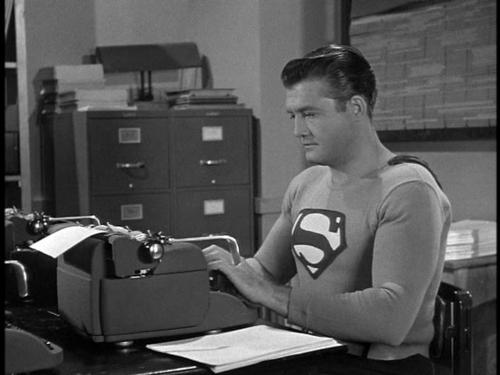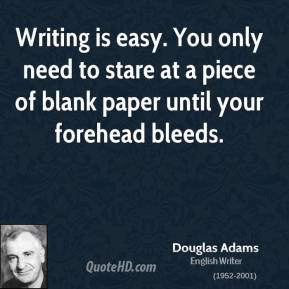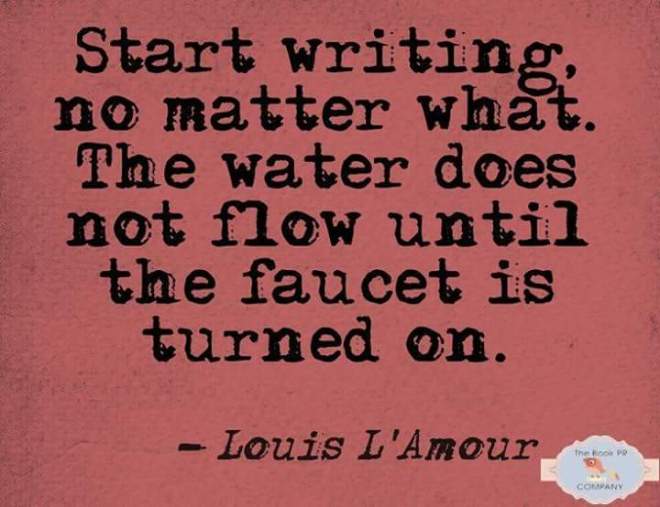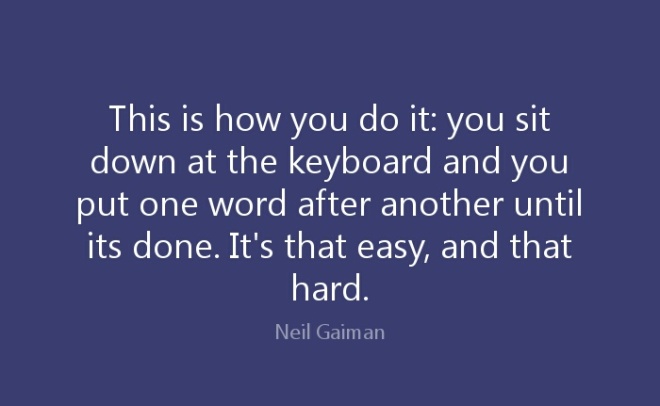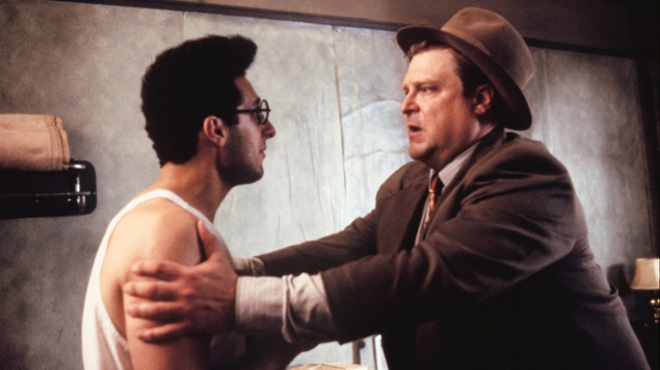I am a bona-fide, dyed-in-the-wool, life-long ‘Star Wars’ fan.
Well… at least I would be, if ‘Star Wars’ had been released before I was born. The original movie hit British cinemas when I was seven, so I somehow got through the best part of eight years on this rock without Jedi, TIE fighters and wookiees.
But since I was seven… life-long fan.
And I’d consider myself to be a bit of an extreme fan, too.
Right now, my coffee mug is resting on a ‘Star Wars’ coaster to my left. On my right is the hardback novel ‘Bloodline’ by Claudia Gray, which I’m working my way through and enjoying immensely.
The wall opposite my sofa is hidden behind an over-stuffed, six-foot-tall bookcase, bursting with ‘Star Wars’ novels and reference books – both Expanded Universe and New Canon – which I’ve collected over a thirty year period. And I’ve read pretty much ninety percent of them. Many, more than once.
I love the animated shows ‘Clone Wars’ and ‘Rebels.’ I fully appreciate that, to some extent, they’re aimed at kids and a cynical marketing ploy to create new generations of ‘Star Wars’ fans. However, some of the story arcs are absolutely brilliant, often as good as anything seen in the live-action movies.
I play ‘Star Wars Battlefront’ on my PS4 several times a week, often with my friend Karl, who I’ve known since I was eight. Karl is also a huge ‘Star Wars’ fan. In fact, our mutual love of ‘Star Wars’ is probably the reason we became friends in the first place. Well… that and seventies ‘Doctor Who.’

Oh… and don’t tell anyone, but I’m forty-five years old and I’m currently wearing bright red Darth Vader underpants.
Hey, they were a Christmas present. Don’t judge me!!!
There are fans who take their obsession even further, like the members of the 501st Stormtrooper division, who build screen-accurate costumes, then wear them to events to raise money for sick children in hospital. I have the deepest admiration and respect for those men and women. They do absolutely sterling work.
Also, there are what I call ‘purist’ ‘Star Wars’ fans, who have seen the movies multiple times, enjoy them immensely, can often quote them word-for-word, but who have no interest in reading the novels and comics, or watching the CGI cartoon shows, for various perfectly legitimate reasons.
This afternoon, I was having a friendly discussion about fandom on a Facebook ‘Star Wars’ page, regarding the true identity of Supreme Leader Snoke.
This ignorant asshole turned around and said people who only like the movies aren’t “true Star Wars fans” and shouldn’t be allowed to discuss things on Facebook because they don’t really “get it” and have nothing to “bring to the table.”
Which, of course, made me wail. And there was much gnashing of teeth.
So listen up…
I love ‘Star Wars’ very much (…can’t you tell?). I used to write for the UK fan club in the nineties, I’ve directed several of the actors on stage, I am a huge collector and I read all the comics and novels.
But I’m not a member of the 501st or the Rebel Legion. I don’t own a suit of stormtrooper armour, or an X-Wing pilot costume.
Also, I absolutely cannot stand ‘The Phantom Menace’, even though I quite like the other two prequel movies. I thought the podrace and the lightsabre duel were okay. I enjoy parts of the soundtrack. But over-all, I have a deep dislike of that particular movie and I never watch it.
Does this mean I’m not a true ‘Star Wars’ fan? No, of course it doesn’t.
My cousin Simon, who I saw the original film with back in the seventies when we were both kids, can quote all seven movies word-for-word. He goes to the conventions and collects ‘Star Wars’ autographs and vintage Kenner/Palitoy figures. But he has no interest in the comics or novels. And like many guys in their forties, he wouldn’t be caught dead watching a ‘Star Wars’ cartoon aimed at children.
Does this make him any less of a ‘Star Wars’ fan? Of course it doesn’t.
My point is, there are a lot of legitimate ‘Star Wars’ fans. All types of people, leading all kinds of lives, with different levels of interest and involvement in fandom.
To belittle one sub-group of fans or another, because they don’t follow every last comic, or they haven’t seen every episode of a kid-centric animated show, or because they aren’t wearing Kylo Ren socks is absolutely ridiculous.
And if you are unable to see that, you are ignorant, opinionated and snobbish. The kind of person who gives fandom a bad name.
We are ALL genuine ‘Star Wars’ fans, no matter what aspects of the saga we choose to enjoy, or follow.
Not following EVERY SINGLE ASPECT of ‘Star Wars’ culture does NOT make you any less of a fan.
We ALL have something relevant to bring to the table. We ALL love those characters and that universe…
…and if you think otherwise, you seriously need to get over yourself!
– Leigh






